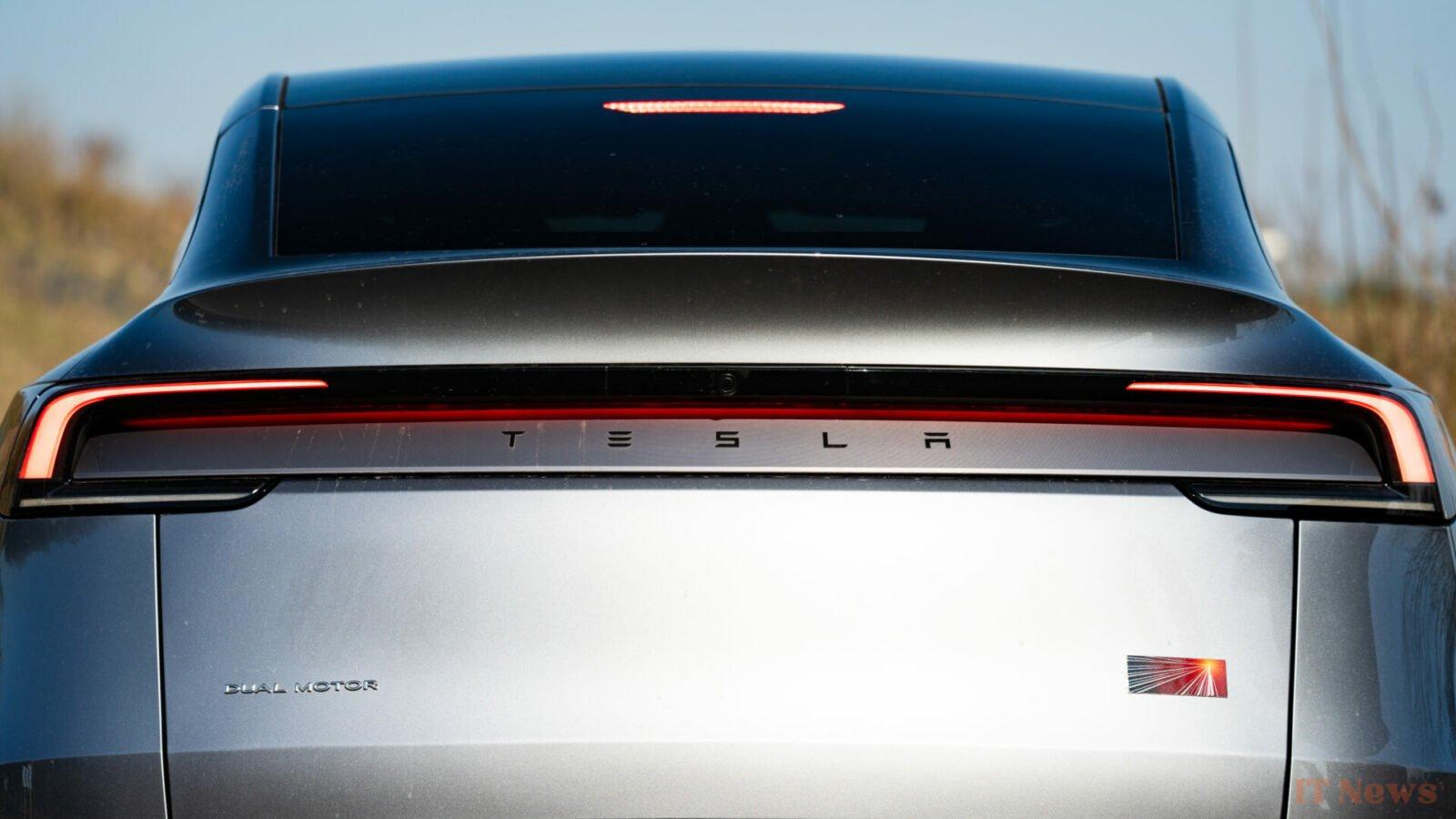Six months after the release of version 13 of its supervised autonomous driving software, Tesla does not appear to have significantly improved FSD performance on its vehicles. Despite Elon Musk's enthusiastic claims of a supposed "5 to 6 times" increase in the distance traveled between two critical disengagements, community data points to a much more modest improvement, around 2 times.
Traffic jams in Europe
The latest version 13.2.9 even shows a drop in performance compared to the previous one, with only 600 km traveled on average between two system interruptions. On models equipped with HW3 hardware, which has been promised unsupervised driving since 2016, version 12 remains the standard, and Elon Musk has finally acknowledged that they will never be able to achieve this goal.
Meanwhile, Tesla is focusing its resources on a robotaxis pilot program in Austin, Texas. But it is limited to a small geographic area, operates with the help of human teleoperators—a solution that has its limitations—and does not represent a breakthrough that can be generalized to the brand's entire fleet.
In Europe, Tesla has released a series of videos showing FSD navigating unattended through the busy streets of Paris and Rome, to convince European authorities. One of the clips shows a Tesla safely crossing the Arc de Triomphe. Another video puts it to the test on the narrow, congested streets of the Italian capital. Through these demonstrations, Tesla is trying to prove that its system is ready for Europe.
But the strategy is not enough. Elon Musk has publicly complained about the slowness of the European regulatory process, which he attributes in particular to the Dutch authorities responsible for approving Tesla vehicles in the EU. He described the blockage as "very frustrating" and estimates that FSD reduces the risk of accidents by four times, according to the brand's internal statistics. This argument has not yet convinced regulators, who are particularly cautious about the legal and technical implications of the transition to fully automated driving.
For comparison, Mercedes is currently the only manufacturer to benefit from authorization for Level 3 autonomous driving in Europe, limited to certain sections of the German highway and a speed of 95 km/h. This validation is based on a redundant security architecture and the use of Lidar, a technology that Tesla has always refused to adopt, preferring to rely solely on cameras and software processing.



0 Comments